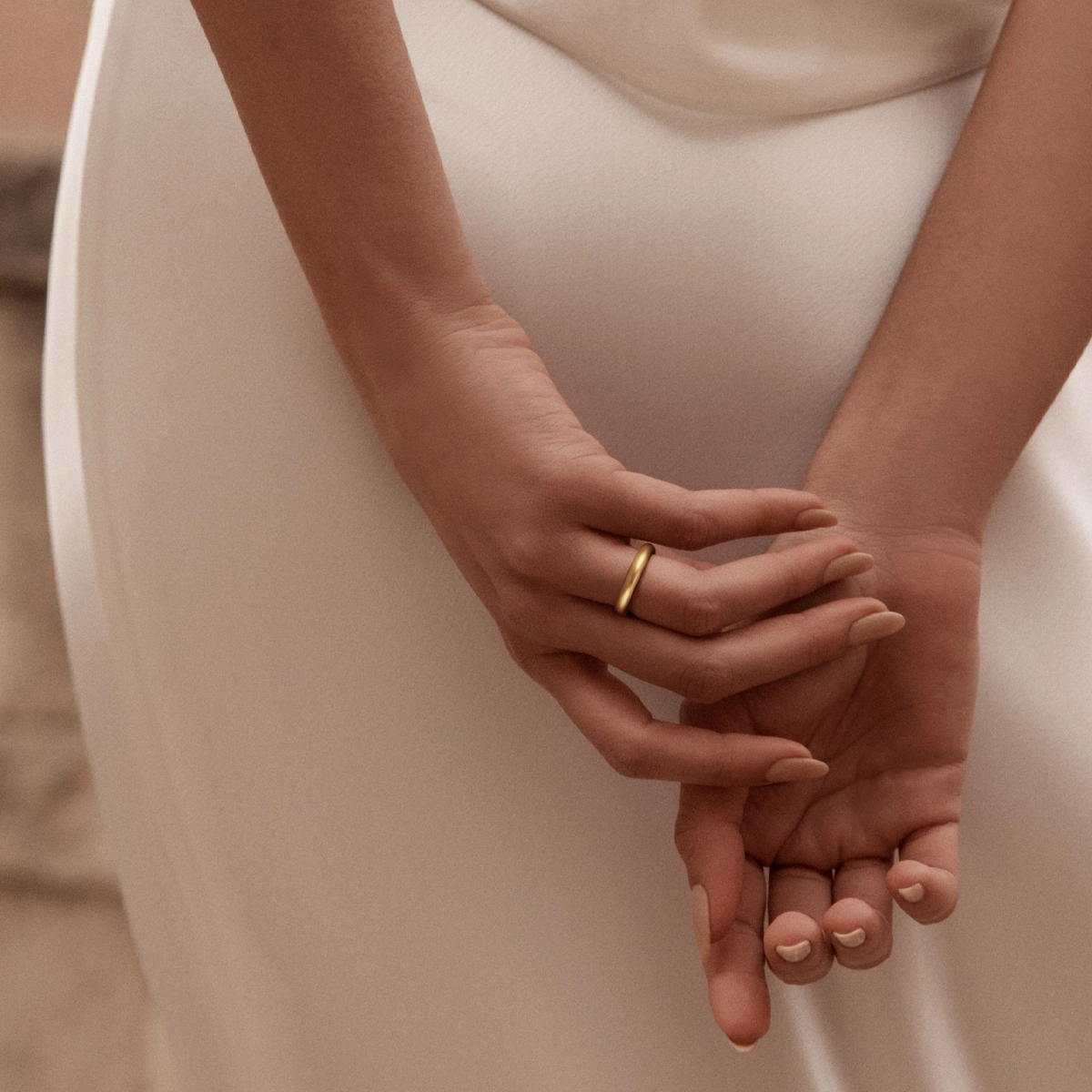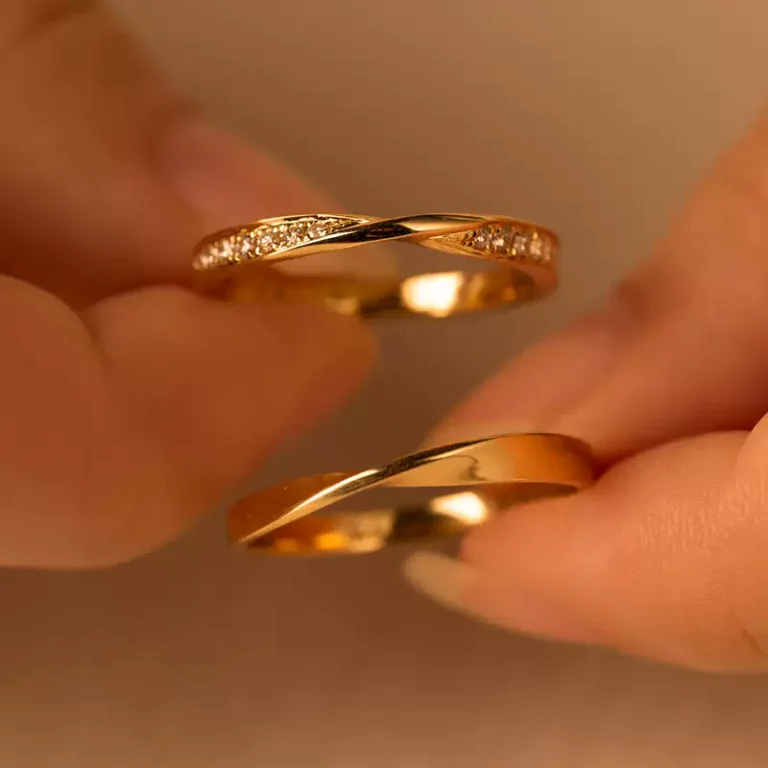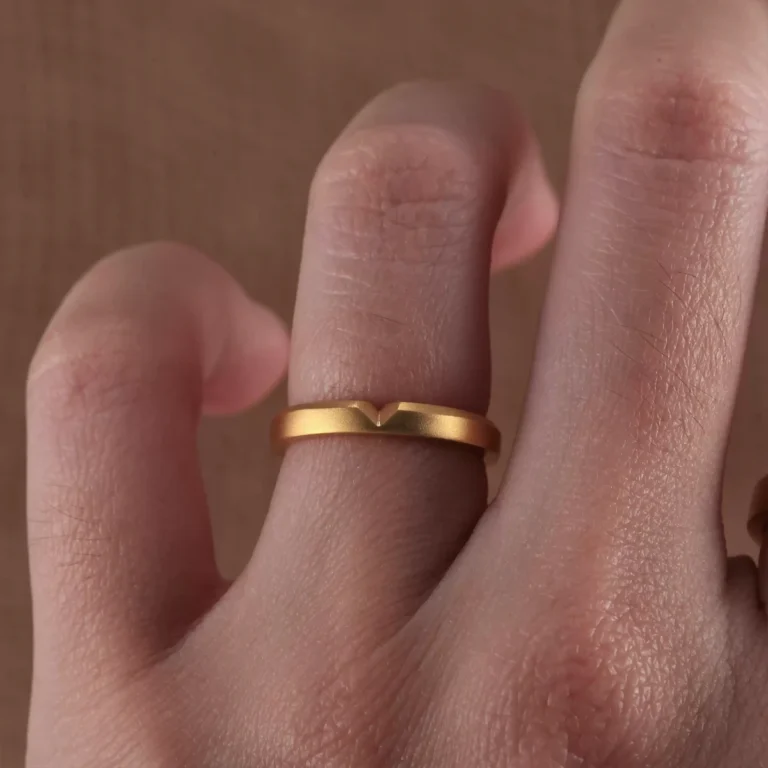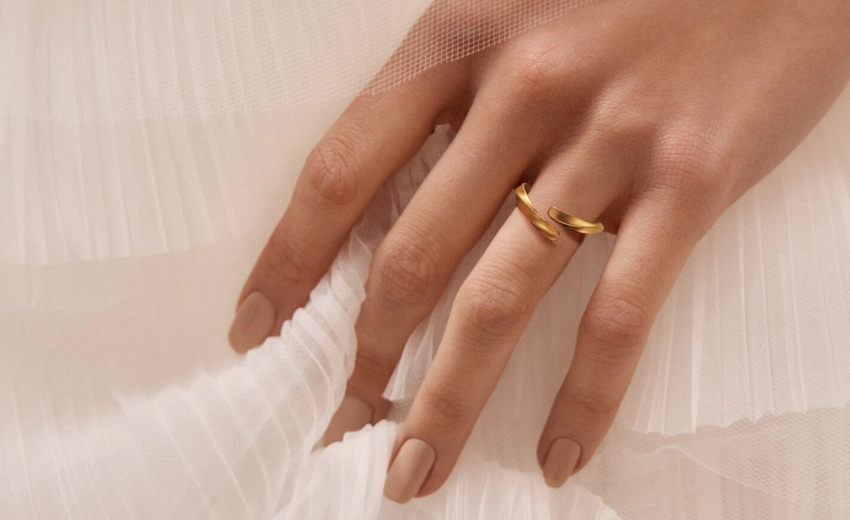Traditional (Ancient) Gold, 3D Hard Gold, and 5G Gold: What Are They, and Which Holds Value Better?

1. Introduction
In today’s global jewelry and precious metals market, consumers and retailers encounter a variety of gold product descriptions—some rooted in ancient techniques and others emerging from advanced metallurgical innovation. Among the most common are “ancient/traditional gold” , “3D hard gold” , and “5G gold” . Understanding what each of these terms denotes—technically, culturally, and economically—is crucial not only for informed purchasing but also for effective positioning and marketing of premium gold jewelry.
This article dives deep into the definitions, production processes, hallmark standards, international market perceptions, historical and cultural significance, and, most importantly, investment implications. At over 10,000 characters, this comprehensive report is designed for jewelry manufacturers, independent retail brands like AZEKA, and cross-border sellers targeting global consumers seeking value—and emotional resonance—in their pure-gold purchases.
2. Defining the Three Types of Gold
2.1 Traditional (Ancient or “Feng Fa”) Gold
• Definition and Terminology
“Ancient/Traditional Gold” refers to 24-karat (999.9 ‰) gold produced using age-old techniques—often called “lost-wax casting plus hand forging and hammering.” Chinese terminology includes or “old-fashioned gold.”
• Manufacturing Process
- Lost-wax casting: Using hand-carved wax models and clay molds; results in organic, artistic patterns.
- Hand-chasing and hammering: Craftsmen refine surfaces, create texture, and hand-assemble components.
- Surface finishing: Edging, patina, or polish is all done manually—no mechanized 3D printers.
• Cultural and Historical Significance
This style carries strong heritage value, spotlighting craftsmanship, uniqueness, and the mark of human hands. For consumers valuing artisanry, personal connection, or cultural storytelling, traditional gold is especially compelling.
2.2 3D Hard Gold
• Definition
3D Hard Gold typically describes 24K pure-gold jewelry manufactured via three-dimensional additive or precision manufacturing methods—often laser engraving, high-pressure casting or modern forging—to create bold structures with increased hardness. It uses gold alloys or processes designed to improve durability, reduce softness, and resist deformation.
• Production Methods
- Precision casting: Using CNC-machined wax or rapid prototyping to produce detailed 3D models.
- Cold forging: Compressing gold to increase density and hardness.
- Laser sintering or laser sintero-casting: Limited usage in high-end applications.
• Material Properties
Despite being labeled 24K, 3D hard gold jewelry exhibits higher yield strength and improved scratch resistance—making it more wearable for daily use.
2.3 5G Gold
• Definition
“5G Gold” is a marketing and technical term introduced in China around the late 2010s. It stands for “Glyph Golden Grain Grained” or “Five‑Grain Gold,” representing five technical innovations:
- 99.99+% purity (ultra-refined 24K gold);
- Elevated hardness via mechanical refinement;
- Fiber-like texture to break and hide scratches;
- Surface polish with long-lasting shine;
- Certification systems with grave 3rd‑party grading.
It addresses the traditional gold issue: while 24K pure in gold content, it was prone to scratches and deformation.
• Manufacturing Methods
Key steps include:
- Mechanically refining gold to achieve micro-fiber microstructures.
- Laser annealing or polishing to produce reflective surfaces.
- Quality inspection and certification from recognized institutions.
3. Comparative Analysis
| Feature | Traditional Gold | 3D Hard Gold | 5G Gold |
|---|---|---|---|
| Purity | 999.9 ‰ | ≥ 999.9 ‰ (nominal) | ≥ 999.9 ‰ |
| Hardness | Soft, easily dented | Moderate, durable | Highest among three |
| Texture & Finish | Handcrafted texture | Precision smooth | Micro-fibers + polish |
| Craftsmanship | Manual artisan work | Mechanized / CNC | Hybrid |
| Market Perception | Heritage, culture-driven | Durable, modern | High-tech, luxury |
| Price Premium | High due to labor | Mid-to-high (depends) | Usually highest |
| Resale Value | High for collectors | Good for circulated jewelry | Similar to traditional or better |
4. Value Preservation
4.1 Intrinsic Gold Value
All three are based on 999.9 ‰ pure gold. Their intrinsic melt value (gold spot price × grams) does not vary significantly due to hardness or technique—pure gold is pure gold.
4.2 Craftsmanship Premium
- Traditional gold often commands high premiums due to individual artistry and cultural storytelling.
- 5G gold, with technological polish and certification, is positioned as a luxury sub-category and often arrives with a premium comparable or superior to traditional, driven by brand positioning and consumer trust.
4.3 Durability and Wear
- 3D hard gold and 5G gold show better resistance to loss-of-appearance value over time, making them more attractive for daily use and resale.
- Traditional gold, while charming, may scratch or dent in everyday wear—potentially reducing perceived value without proper storage.
4.4 Certifiability and Market Liquidity
- Gold accompanied by third-party certificates (especially 5G gold) enhances liquidity in the resale market and builds consumer confidence.
- Traditional gold may come with less standardized certification, making valuations less transparent.
4.5 Investment Comparisons
Investors prioritize gold purity and liquidity. Once you remove the designer premium and certification, the melt value is equal. However:
- Jewelry meant for long-term wear and resale benefits from hardness and certification—favoring 3D Hard Gold and 5G Gold.
- For collectors valuing tradition, uniqueness, and cultural heritage, ancient gold may hold more intangible value and strong resale in niche markets, albeit with variability.
5. Which Gold Type Retains Value Best?
From a professional long-term value perspective:
- Traditional (Ancient) Gold offers strong intangible and collector’s value, but may degrade in appearance over time—impacting resale if damaged.
- 3D Hard Gold offers slightly improved resilience but lacks high-end certification.
- 5G Gold, when paired with recognized certification and global branding, combines the best of purity, durability, traceability, and aesthetic integrity—making it the best-balanced option both for consumer appeal and lasting value retention.
Bottom Line: If value preservation is defined as retaining gold content and resale ease globally, all three are equivalent at melt value level—but in retail, 5G Gold offers the best performance: certified, durable, modern, and trusted. Traditional gold wins in niche collector spaces for cultural and artisanal premium.
6. Conclusion
Understanding “ancient/traditional gold,” “3D hard gold,” and “5G gold” is vital for any independent cross-border brand targeting discerning global consumers. While all are based on pure 24K gold, they differ in craft, durability, certification, and market positioning.
- Traditional Gold: Ideal for heritage-based, handcrafted luxury with cultural narratives.
- 3D Hard Gold: Suits practical, elegant everyday wear with improved hardness using precise modern craft.
- 5G Gold: Represents the future premium—combining purity, tech-enhanced durability, certification, and design finesse.
As a brand like AZEKA, selling to 25–35-year-olds and global gift-givers, a tiered strategy encompassing all three allows you to reach a wider market, deliver both emotional and practical value, and secure brand equity—while ensuring each product retains inherent gold value and market liquidity.




